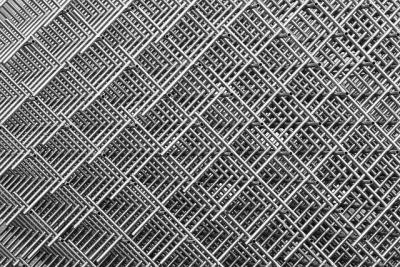CLASIFICACIÓN DE COBERTURAS TERRESTRES: MÉTODOS SUPERVISADOS Y NO-SUPERVISADOS APLICADOS A CULTIVOS DE CAÑA DE AZÚCAR
CLASSIFICATION OF LAND COVERINGS: SUPERVISED AND NON-SUPERVISED METHODS APPLIED TO SUGAR CANE CROPS
Autores
H. R. Lárraga Altamirano, A. M. Piedad Rubio, D. R. Hernández López, O. Espinosa Guerra
RESUMEN
El presente trabajo centra su atención en el estudio de los métodos de clasificación que ofrece uno de los sistemas de información geográfica libre y de código abierto de mayor uso en la actualidad, Quantum Geographic Information System (QGIS), considerando como sujetos de prueba ortomosaicos de cultivos de caña de azúcar. Los vehículos aéreos no tripulados equipados con cámaras RGB permitieron realizar la fotogrametría que contiene la información espectral de la superficie terrestre. Para este caso, se utilizaron los algoritmos de clasificación denominados como: Distancia Mínima, Ángulo Espectral y Kmeans, los dos primeros supervisados y el último no supervisado. Los resultados de la clasificación supervisada fueron analizados mediante una matriz de confusión para conocer el grado de exactitud global y la índice kappa de cada técnica. Los datos resultantes muestran la efectividad de cada método y se presentan recomendaciones a la metodología que contribuirán a mejorar la clasificación de ortomosaicos de cultivos de caña de azúcar basada en la información espectral.
PALABRAS CLAVE
Clasificación supervisada, no-supervisada, Caña de azúcar, Distancia Mínima, Ángulo Espectral, Kmeans
ABSTRACT
This paper focuses its attention on the study of the classification methods offered by one of the most widely used free and open source geographic information system, Quantum Geographic Information System (QGIS), considering as test subjects orthomosaic of sugar cane crops. Unmanned aerial vehicles equipped with RGB cameras made it possible to carry out photogrammetry containing spectral information of land cover. For this case, the classification algorithms named as: Minimum Distance, Spectral Angle and Kmeans were used, the first two supervised and the last one unsupervised. The results of the supervised classification were analyzed using a confusion matrix to determine the degree of global accuracy and the kappa index of each technique. The resulting data show the effectiveness of each method and recommendations are presented that will contribute to improve the methodology of orthomosaic classification based on the spectral information of the sugarcane crop.
KEY WORDS:
Supervised classification, unsupervised, Sugarcane , Minimum Distance, Spectral Angle and Kmeans


